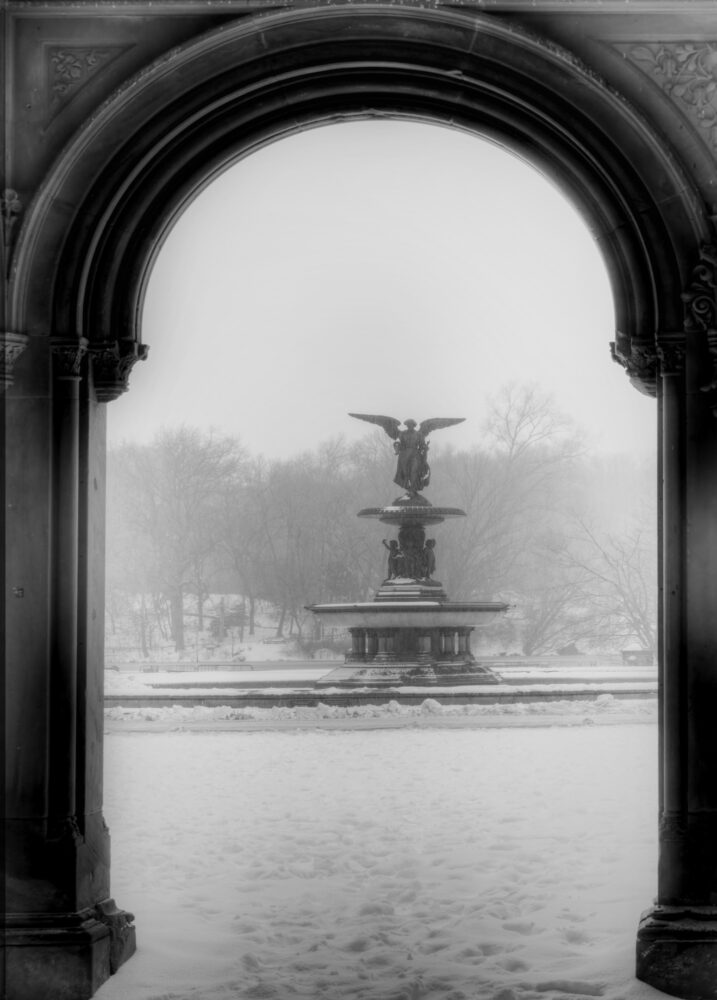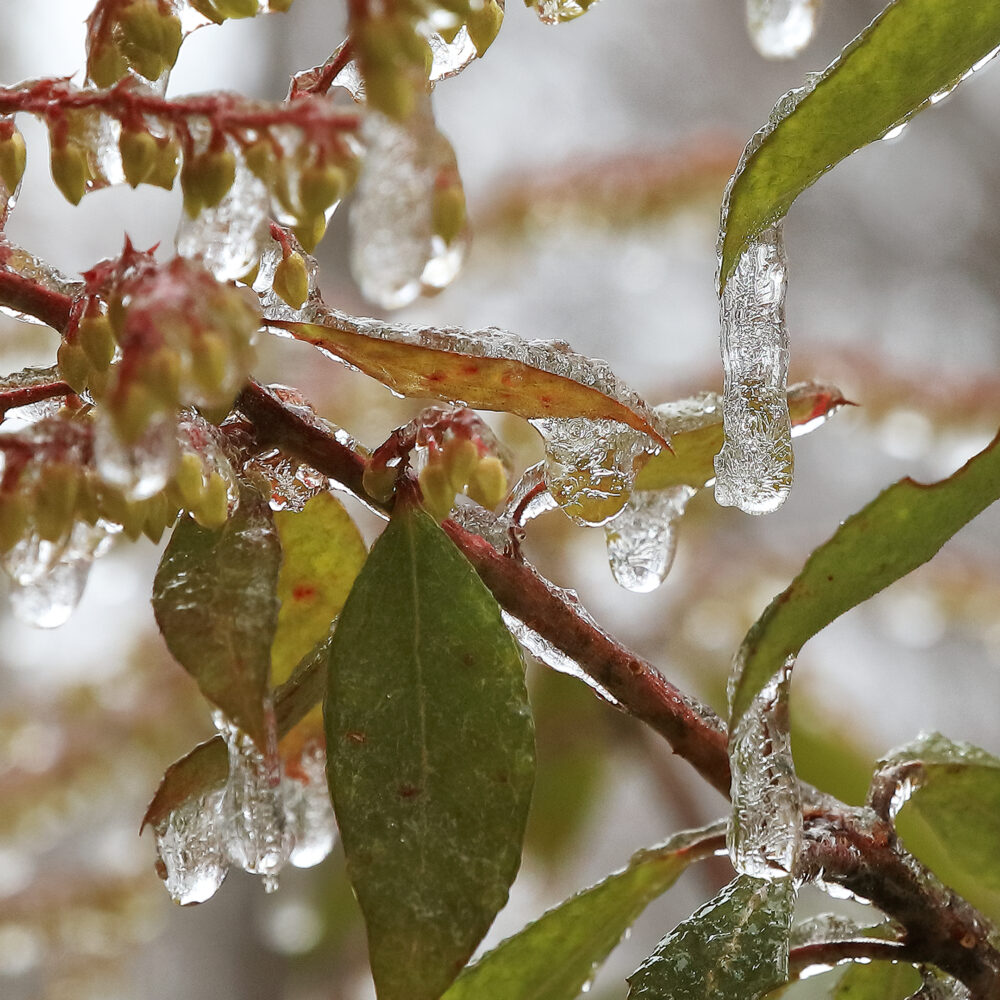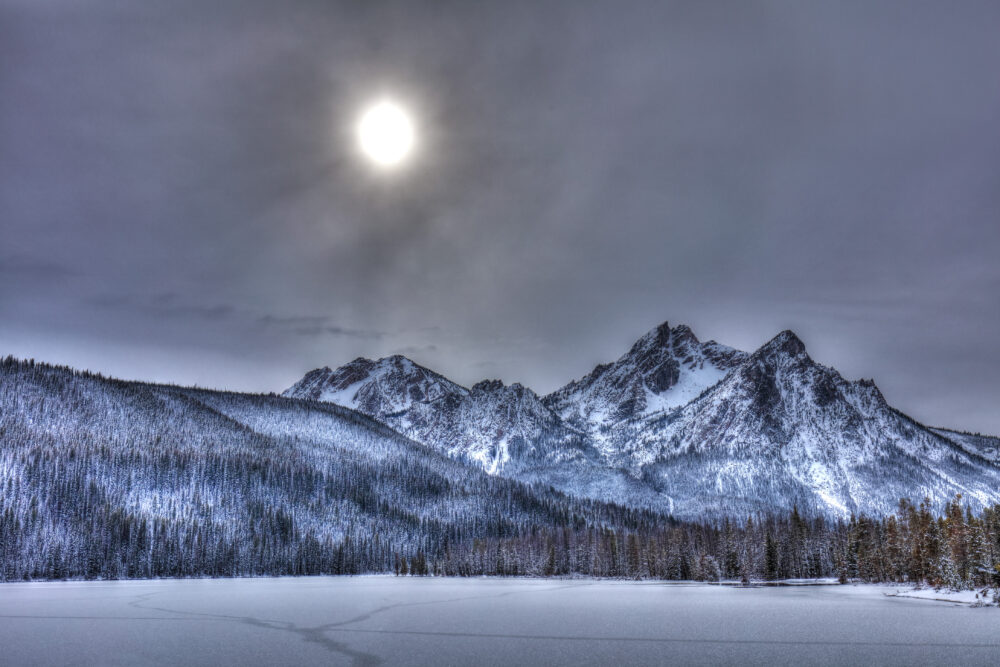Winter transforms the world into a snowy wonderland. The crisp air and soft light create the perfect backdrop for stunning photographs. Whether you’re an amateur or a seasoned photographer this winter photography guide aims to open up a whole new universe of creativity.
Why Winter Photography is Special
Winter has a unique charm. When snow covers everything it creates a soft, quietening blanket over the landscape which makes colours pop and adds a magical feel to your photos. The light during winter is different too. It often casts a beautiful soft glow, ideal for capturing breathtaking images. Think about how the sun is lower in the sky (for northern hemisphere dwellers) and sets early, giving you golden hour light at way more convenient times.

Essential Gear for Winter Photography
To get great winter photos, you don’t need the most expensive gear. A basic camera can do wonders if you know how to use it (so get out and practice!). However, a few essentials can help:
- Frosted Lens: Protect your lens from becoming foggy. Carry a microfiber cloth to wipe it clean.
- Tripod: The snow can be uneven, so a sturdy tripod can help keep your shots steady. Spikes otend work better than rubber feet.
- Extra Batteries: Cold weather drains batteries quickly. Keep some spares in your pocket to keep them warm.
- Waterproof Bag: Snow can be wet. A waterproof bag protects your gear from moisture.
Mastering the Art of Composition
Composition is key in photography. Here are a few tips to keep in mind:
- Rule of Thirds: Imagine your viewfinder divided into a grid. Place your subject off-center. This creates a more dynamic image.
- Leading Lines: Use paths, fences, or snow-covered trees to draw the viewer’s eye into the photo.
- Foreground Interest: Including something in the foreground, like a snow-covered rock or plant, adds depth to your image.
Embrace the Cold: Clothing Choices
Writer Alfred Wainwright once said, “There’s no such thing as bad weather, only unsuitable clothing.” Being warm keeps you focused on capturing the moment. Wear layers, like a thermal underlayer, a warm coat, and insulated gloves. Don’t forget a beanie! If you’re comfortable you’ll take better pictures and be able to hang around longer to ensure you get the best of the light.
Timing is Everything
Early mornings and late afternoons are often the best times for photography and winter is no exception. The light is softer and more flattering, enhancing shadows and details.

Play with Exposure Settings
Winter scenes can trick your camera. The bright snow can wash out your photos. Adjust your exposure settings to avoid this issue. Try adjusting the exposure by one to two stops to help capture the details in the snow without losing clarity.
Experiment with Different Perspectives
Don’t be afraid to get low or shoot from above. A different angle can change the entire feel of a photo. Capture the snowflakes falling from a low angle or shoot from a hilltop to capture sprawling landscapes. Sometimes, the best shot comes from simply trying something new.
Post-Processing Tips
After taking your photos, post-processing can really elevate them. Use editing tools to adjust brightness and contrast. It’s very easy to blow out highlights and have snow that appears too bright, so try darkening it slightly, or adding a touch of warmth can also enhance the cozy feel of winter.

Conclusion: Celebrate the Beauty of Winter
Winter photography is a delightful way to express your creativity. With careful planning, proper gear, and a bit of practice, you can capture the season’s beauty. Each snowflake tells a story, and with your camera, you can share that story. So bundle up, grab your camera, and head out to explore the magical winter landscape. What will you discover?


